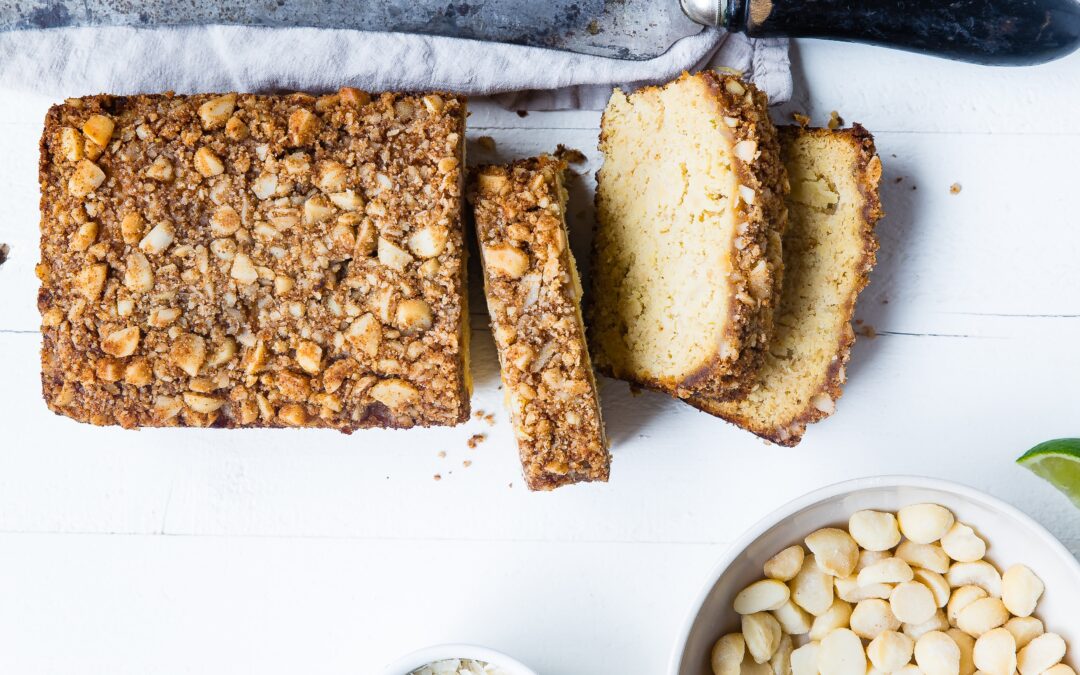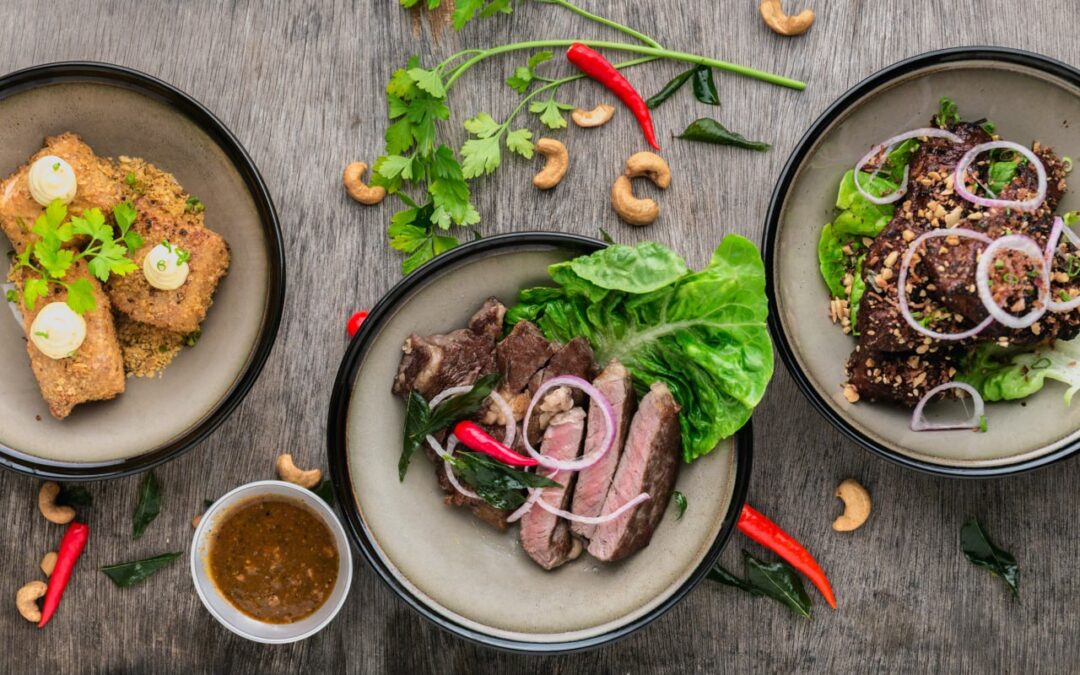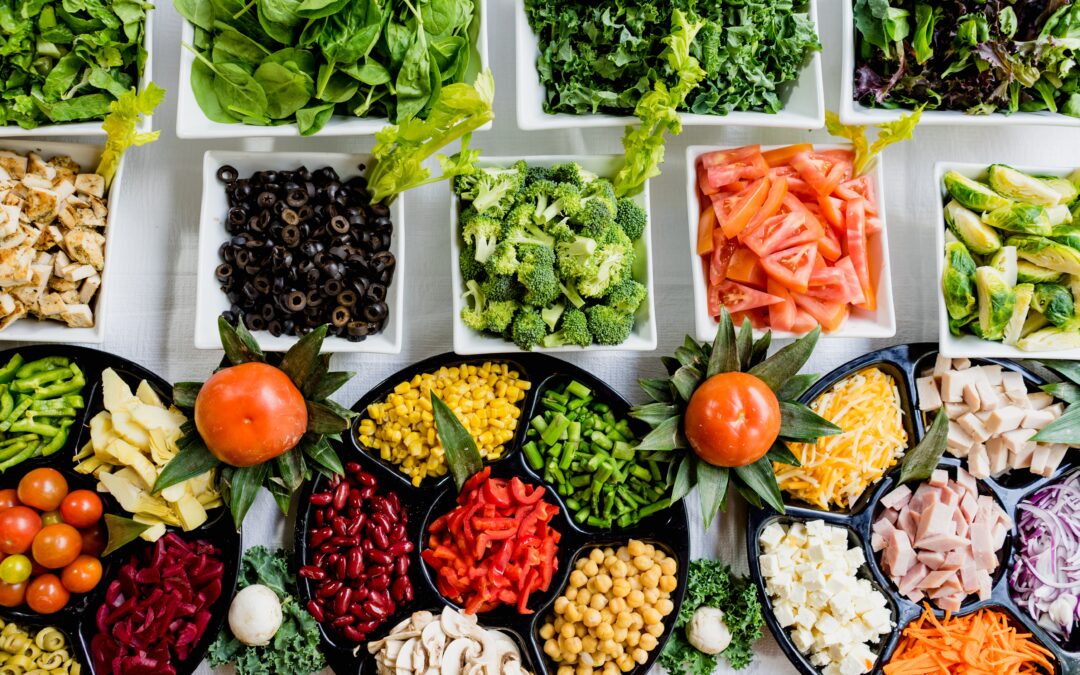
“Carbs Unveiled: The Different Types and How They Impact Your Health”
Carbohydrates, or carbs for short, are an essential component of our daily diet. They provide us with the energy we need to perform various activities and keep our bodies functioning optimally. However, not all carbs are created equal, and understanding the different types can help us make informed choices about our health and well-being. In this blog post, we will explore the various types of carbs and delve into how they impact our overall health.
Simple Carbohydrates:
Simple carbohydrates are composed of one or two sugar molecules and are quickly broken down by the body, leading to a rapid spike in blood sugar levels. Foods high in simple carbs include table sugar, honey, candy, and sugary beverages. Consuming excessive amounts of simple carbs can lead to weight gain, an increased risk of type 2 diabetes, and dental issues. It’s best to limit the intake of these sugary treats.
Complex Carbohydrates:
Complex carbohydrates are made up of longer chains of sugar molecules, which take longer for the body to break down and absorb. This slower digestion leads to a gradual release of sugar into the bloodstream, providing a steady supply of energy. Foods rich in complex carbs include whole grains, legumes, fruits, and vegetables. These are an excellent source of fiber, vitamins, and minerals, promoting digestive health and reducing the risk of chronic diseases such as heart disease and certain types of cancer.
Fiber:
Fiber is a type of complex carbohydrate that our bodies cannot fully digest. It passes through our digestive system relatively intact, aiding in digestion and promoting bowel regularity. High-fiber foods include whole grains, nuts, seeds, vegetables, and fruits. Incorporating fiber into our diet can help control appetite, lower cholesterol levels, and regulate blood sugar levels. It is recommended to consume a variety of fiber-rich foods for optimal health benefits.
Here are a few interesting delicious and nutritious carb dishes:
- Lamb, Wild Rice, and Quinoa Salad:
This hearty salad combines tender lamb with a mixture of wild rice and quinoa, offering a diverse range of complex carbs. Tossed with fresh herbs and a tangy dressing, it delivers a satisfying blend of flavors and textures.
- Sweet Potato and Lentil Soup:
Packed with the natural sweetness of sweet potatoes and the protein-rich goodness of lentils, this comforting soup provides a nourishing combination of complex carbs, fiber, and essential nutrients. It’s a hearty and satisfying option.
- Poached Chicken and Spelt Fettuccine with Kale Pesto:
Featuring nutrient-dense spelt fettuccine and lean poached chicken, this dish is elevated with a vibrant kale pesto. It offers a balanced mix of complex carbs, protein, and a variety of beneficial vitamins and minerals.
- Carrot and Ginger Soup with French-Style Lentils:
This fragrant soup combines the earthy flavors of carrots and the warmth of ginger. Served with French-style lentils, it provides a wholesome dose of complex carbs, fiber, and antioxidants.
- Spiced Salmon with Coconut and Cashew Cauliflower Rice:
Deliciously spiced salmon is served on a bed of cauliflower rice infused with coconut and cashews. This low-carb alternative offers a flavorful combination of protein, healthy fats, and a variety of nutrients.
Understanding the different types of carbohydrates is crucial for making informed dietary choices. While simple carbohydrates should be consumed in moderation due to their negative effects on health, complex carbohydrates and fiber-rich foods should form the foundation of a balanced diet. By opting for whole grains, legumes, fruits, and vegetables, we can enjoy sustained energy levels, improved digestive health, and a reduced risk of chronic diseases.
Explore our website, BoostHub, for comprehensive diet guides and tips on making healthy food choices. Our site aims to provide valuable resources to help you achieve your wellness goals. Remember, adopting a healthy diet that includes the right types of carbohydrates is a stepping stone towards a happier and healthier lifestyle.





